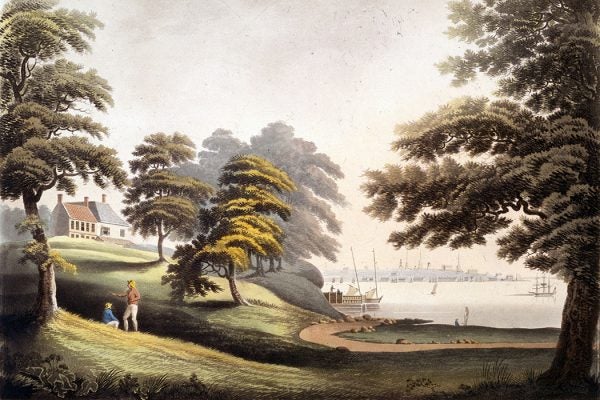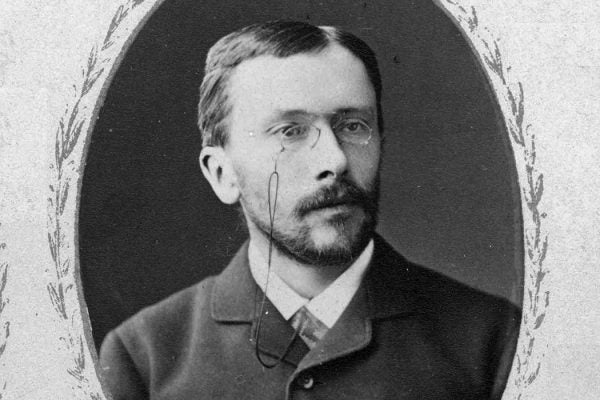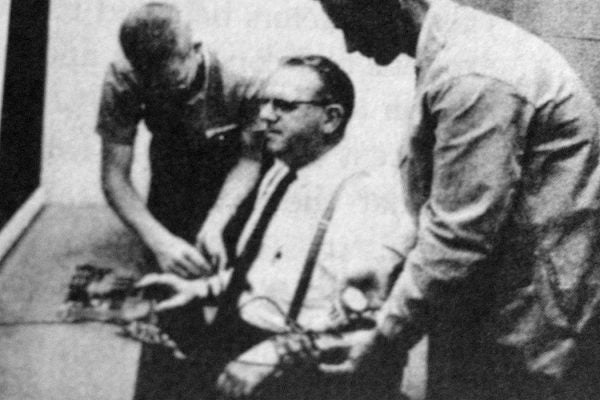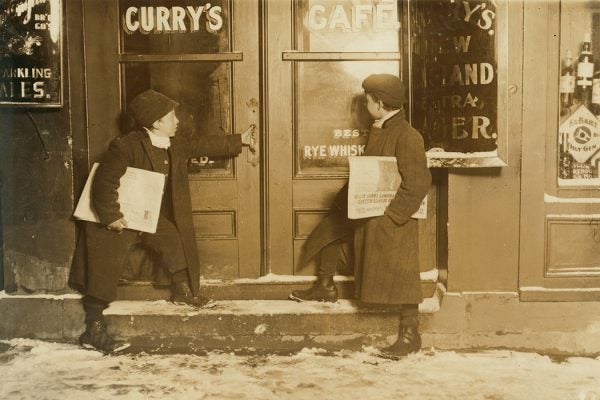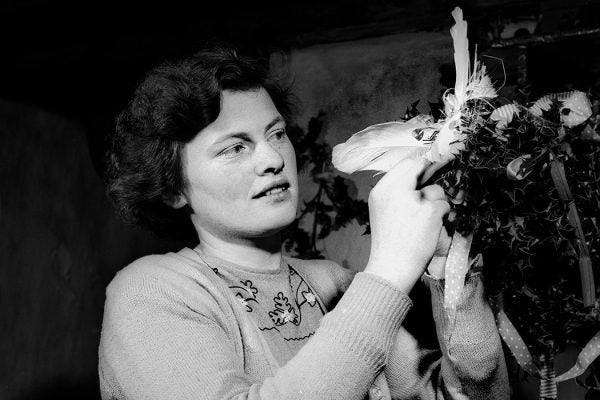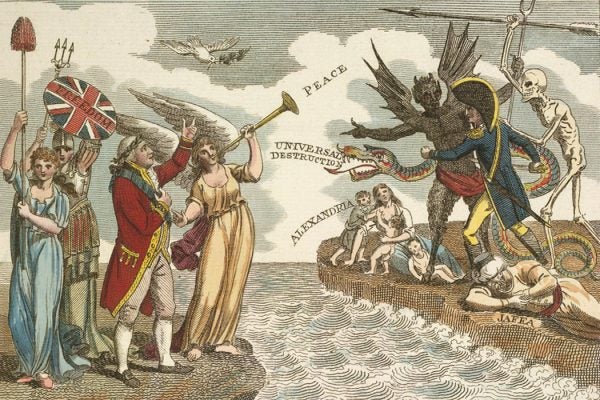The Early American Radical Fiction of John Lithgow
In the early 1800s, the Scottish immigrant wrote an anonymous tract imagining equality. He was worried about the brand-new American republic.
Can You Be a Good Scientist and a Horrible Person at the Same Time?
Consider Constantin Merezhkowsky, theorist of symbiogenesis.
Political Divisions Led to Violence in the US Senate in 1856
The horrific caning of Charles Sumner on the floor of the Senate in 1856 marked one of the most divisive moments in US political history.
Politics and Power in the United States: A Syllabus
Historical and scholarly context for the January 6, 2021 insurrection.
The Hidden Meaning of a Notorious Experiment
In Stanley Milgram's studies of obedience, people believed they were giving shocks to others. But did their compliance say much about the Nazis?
The Campus Underground Press
The 1960s and 70s were a time of activism in the U.S., and therefore a fertile time for campus newspapers and the alternative press.
Desegregating the Girl Scouts
The Girl Scouts had always professed that they were open to all girls. But how did that play out in segregated cities?
How Women Lost Status in Saloons
During World War I, anti-vice crusaders marked women who liked the nightlife as shady. You can tell by the way men started talking about them.
Wren Folklore and St. Stephen’s Day
The tiny winter songbirds are clever kings to the Irish. They're also fodder (literally) for post-Christmas ritual.
Jacobin Hating, American Style
The most radical faction of the French Revolution was hated by everyone in the United States from reactionaries to abolitionists.
